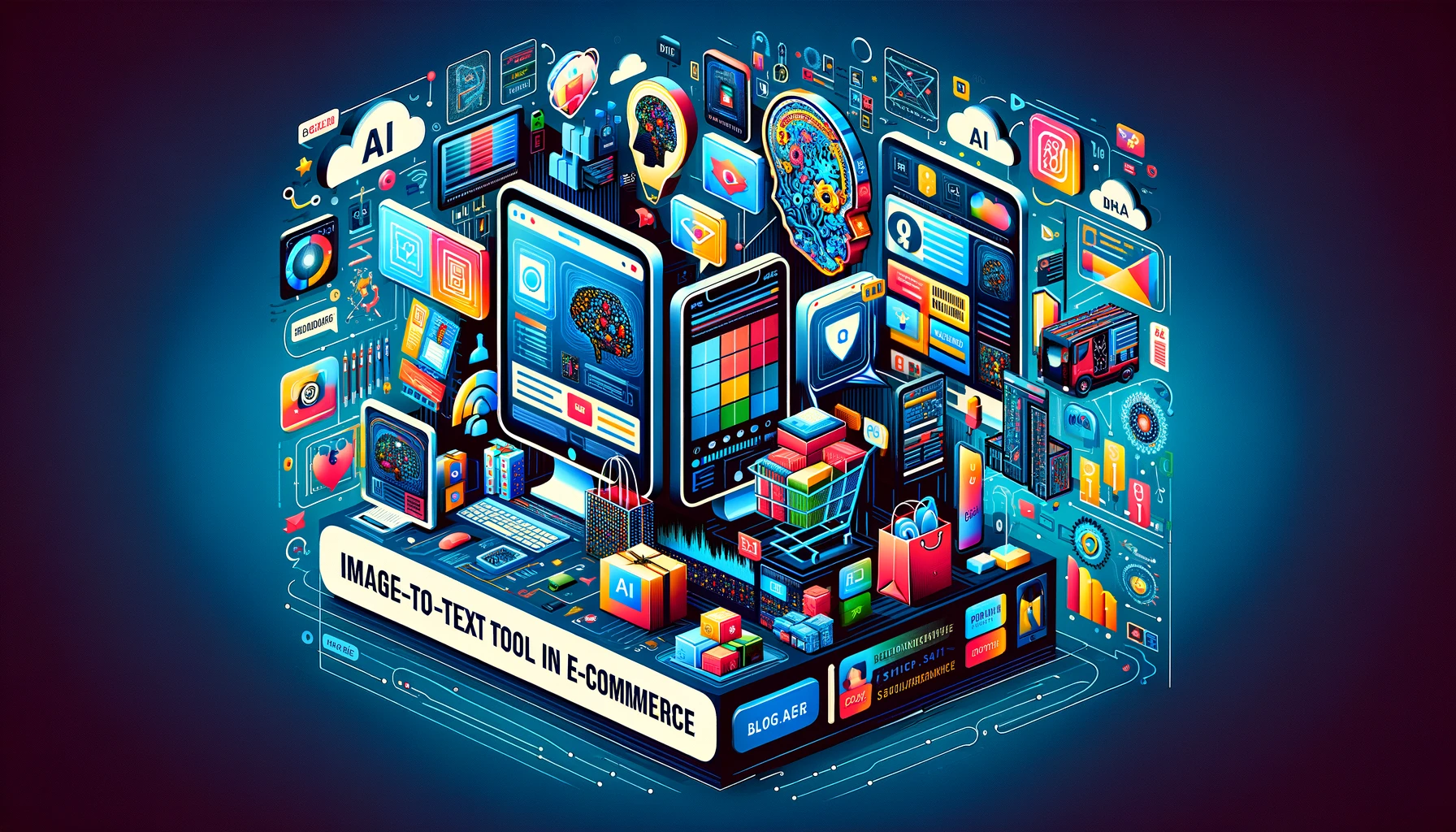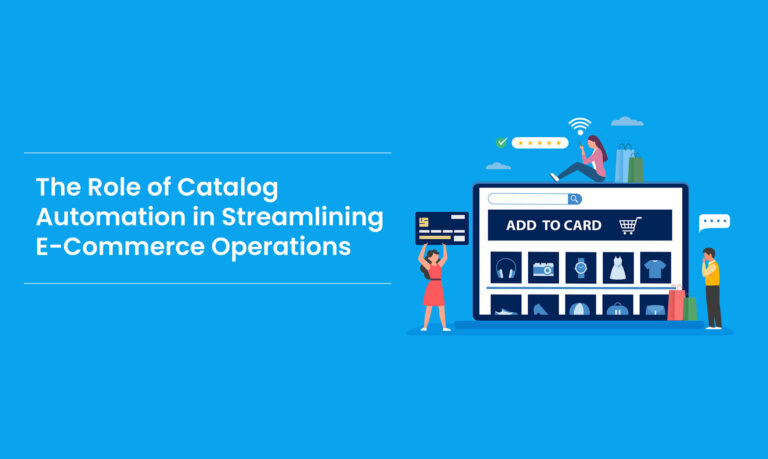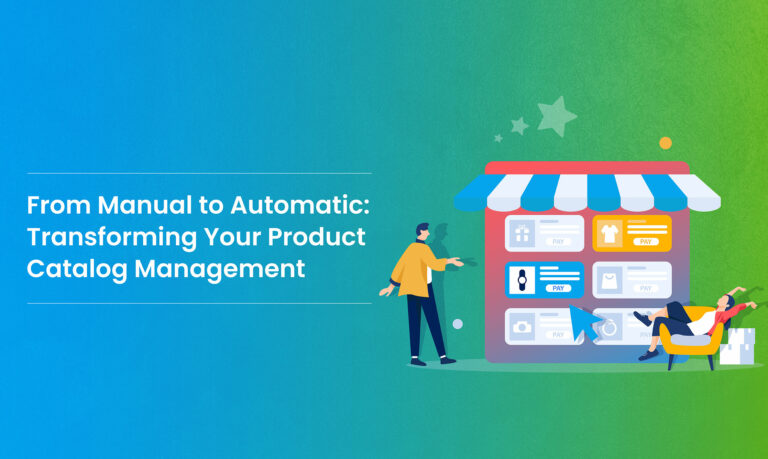Introduction
Image-to-text tools import photos and quickly turn any handwritten, printed, or typed text into digital text files. This makes sharing and managing documents easier by efficiently translating image characters into electronically designated text.
With AI integration, these tools have significantly changed how you can extract text from images, removing the hassle of manual transcription. They’re particularly beneficial for extracting text from scanned documents, photos, or graphics, offering a straightforward and effective way to digitize text from various sources. Most of these tools are user-friendly and available at no cost, enhancing your e-commerce operations.
Features of Image-to-Text Converter Tools
Online image-to-text converter tools offer a suite of advanced features that significantly enhance its utility and user experience. Here are the top eight features of an image-to-text converter tool:
AI-Powered Text Extraction: With the use of artificial intelligence, this converter tool correctly extracts text from photos, ensuring that no important details are lost. Its great accuracy is ensured by its AI-based extraction technique, which makes it dependable for a range of applications.
Mathematical Equation Recognition: Some of these tools are capable of identifying and extracting mathematical equations from photographs, making them unique. For scholarly and scientific applications, where equations frequently contain complicated symbols and unusual characters, this feature is very helpful.
Social Media Content Extraction: Image-to-text tools can extract text from images found on social media platforms. This feature is handy for users who want to convert image-based content from these sources into text format instantly.
Document Organization: It aids in organizing scanned documents by allowing users to extract text from images and convert it into an editable document format. This is particularly useful for managing large volumes of data or documents.
Handwritten Note Conversion: An image-to-text tool’s capability to convert handwritten notes into digital text is a noteworthy feature. Professionals and students who need to digitize notes rapidly may find this very useful.
Scanning Text from Low-Resolution Images: Rubick.ai’s image-to-text tool stands out from many OCR tools by its ability to extract text from low-resolution images accurately. This feature ensures users can access text from images of various quality levels.
Integration with Cloud Storage: Many image-to-text tools are compatible with different cloud storage services like Google Drive and Dropbox. This allows users to easily upload images from these platforms for conversion, enhancing convenience and efficiency.
Versatility in Image Formats and Languages: An ideal image-to-text tool accepts multiple image formats, such as JPG, PNG, and JPEG, removing the need for specific format conversions. It also supports various languages, catering to a diverse international user base.
How Image to Text Converter Tool Improve E-Commerce Content Accessibility?
A tool for converting images to text makes online shopping easier for customers. It converts word-filled images into computer-readable text. People may now more easily search for items and have a better understanding of them as a result. It’s excellent for everyone, but particularly for those who want further assistance with vision or reading.
Enhancing Access for Assistive Technology Users: Optical Character Recognition or OCR enables individuals who use screen readers and various assistive technologies to access information and product descriptions contained in images. This is critical for creating an inclusive online shopping experience for everyone, including those with visual impairments.
Facilitating Language Translation and Learning: OCR makes it simple for users to translate material across different languages by converting text in photographs into a digital representation. By removing linguistic barriers, this function increases the worldwide reach of e-commerce platforms. This feature also aids individuals in learning a new language.
Enhanced Readability Options: Digital text allows users to change the font style and size for easier reading; text included in photos does not offer this feature. Those with vision problems or reading issues can especially benefit from this flexibility.
Search Engine Optimization (SEO): Text extracted from images can be indexed by search engines, improving the visibility of e-commerce content in search results. This increased visibility is critical for attracting potential customers.
Data Searchability and Editability: Text-to-image conversion facilitates easy data editing and searching. This feature is especially helpful for e-commerce websites that handle a lot of customer and product data.
Supporting Visual Impairments: OCR technology converts text in images into formats like Braille or audio, making content accessible to those with visual disabilities. This inclusivity is a step towards a more equitable digital landscape.
Challenges and Solutions: Although accessing and analyzing data in image format presents challenges like lack of searchability and manual extraction effort, OCR addresses these issues by automating data extraction and enhancing accuracy.
Enhancing Data Analysis and Research Efficiency with Image-to-Text Conversion
Image-to-text converter tools, particularly through Optical Character Recognition (OCR), have significantly improved the efficiency of data analysis and research. By eliminating the need for manual transcription of data from images, it saves a considerable amount of time and resources. This is especially beneficial in research and data analysis fields, where speed and accuracy are crucial.
The technology enables the swift conversion of image-based text into editable and searchable digital formats. This rapid processing allows for quicker extraction of insights and patterns from images, enhancing the overall speed of decision-making and research progression. It’s a major leap forward in terms of productivity and efficiency in handling data.
Additionally, OCR opens up new avenues for research opportunities. With the ability to digitize large volumes of historical documents, scanned books, and even handwritten notes, it makes previously inaccessible data readily available for analysis. This discovery has substantial implications for data mining, artificial intelligence system training, and archive research.
OCR technology for image-to-text conversion is a crucial tool that improves data accessibility and simplifies operations. Its enormous influence on research and data analysis efficiency is a major development in the processing and analysis of information in our increasingly data-driven environment.
Conclusion
The use of image-to-text converters online plays a crucial role in improving content accessibility within e-commerce. These technologies enable businesses to offer content that is inclusive, easy to search, and simple to navigate, serving a wide range of customers effectively. Adopting this technology, e-commerce sites can offer a more accessible and user-friendly experience to everyone.
As image-to-text conversion technology continues to evolve, it’s evident that its potential to revolutionize data accessibility and transform various sectors is immense. You can look forward to a future bright with possibilities, where this technology brings even more groundbreaking advancements, reshaping how you interact with and utilize information in the years ahead.
Rubick.ai enhances your e-commerce experience with tools like Cataloging Automation, incorporating image-to-text converter tools and other advanced technologies. This integration streamlines processes, offering comprehensive solutions for excelling in the competitive online market.


